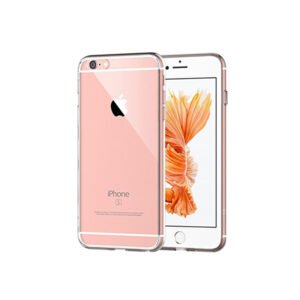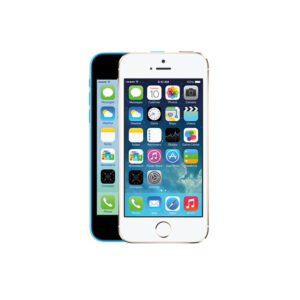
What Are the Benefits of Morpheus8 Treatment
Morpheus8 has emerged as a revolutionary treatment in the field of cosmetic enhancements, offering a myriad of benefits to those looking to rejuvenate and refine their skin. At Beverly Hills Med Spa, we have harnessed the power of this advanced technology to provide our clients with exceptional results that not only meet but often exceed their expectations. We will explore What Are the Benefits of Morpheus8 Treatment, how it works, and particularly.
What is Morpheus8?
Morpheus8 is a cutting-edge fractional skin treatment that combines microneedling with radiofrequency (RF) energy to remodel and contour the face and body. This is minimally cosmetic invasive procedure penetrates deep into the skin and fat, and sleek appearance, for all skin tones.
Comprehensive Benefits of Morpheus8
1. Effective Skin Tightening and Lifting: Morpheus8 effectively skin tightens on the face and body that targeting the deeper layers of the skin. The RF energy stimulates collagen production, which tightens and lifts the skin over time. This is particularly beneficial for areas like the jowls, neck, and abdomen, where skin tends to sag with age.
2. Remove of Wrinkles and Fine Lines: Our skin loses elasticity and leading to wrinkles and fine lines. Morpheus8 combats these signs of aging to promote the production of new collagen and elastin fibers, smoothing out lines and creases for a fresher, more youthful appearance.
3. Improves Skin Texture and Tone: Morpheus8 isn’t just about tightening; it’s also about perfecting the surface of the skin. It can remove the appearance of rough or uneven skin textures caused by acne scars, sun damage, or aging, leading to a smoother and more uniform skin tone.
4. Minimally Invasive with Minimal Downtime: This non-invasive surgical procedures, Morpheus8 requires minimal downtime. After complete session client can return to their daily activities within a day or two. The treatment is much less invasive than a facelift, and yet it still provides significant lifting and tightening of the skin.
5. Safe for All Skin Types: Morpheus8 treatment is suitable for all skin types and texture, including darker complexions, which are sometimes at risk of post-treatment pigmentation issues with other types of laser treatments.
6. Reduction of Acne Scars and Stretch Marks: The microneedling aspect of Morpheus8 is particularly effective for remove the appearance of acne scars and stretch marks. By triggering the skin’s healing response, it encourages the body to fill in scars with new, healthy collagen.
7. Contours and Refines the Treatment Area: Morpheus8 can also sculpt and contour the face and body. The RF energy target fat into the specific areas, providing a more contoured and aesthetically pleasing shape.
8. Long-Lasting Results: The results of a Morpheus8 treatment are not only impressive but also long-lasting. With proper skin care and occasional maintenance treatments, the benefits of Morpheus8 can be extended for several years.
Why Choose Beverly Hills Med Spa for Morpheus8?
At Beverly Hills Med Spa, we pride ourselves on offering state-of-the-art treatments like Morpheus8, administered by highly trained professionals in a luxurious, welcoming environment. Every client receives personalized care tailored to their specific needs and goals.
Conclusion
Morpheus8 treatment offers a versatile and effective solution for improve their skin’s appearance and structure without the need for invasive surgery. From tightening and lifting to improving skin texture and tone, the benefits of Morpheus8 address a wide range of skin concerns. At Beverly Hills Med Spa, we are offer the advanced treatment to our clients, helping them achieve beautiful, lasting results. Schedule your appointment with us today and discover how Morpheus8 can effect to transform your skin and boost your confidence.





















